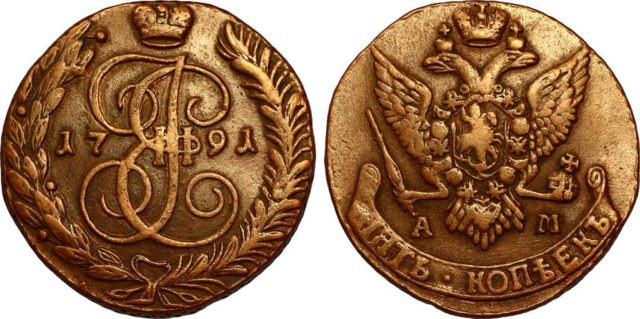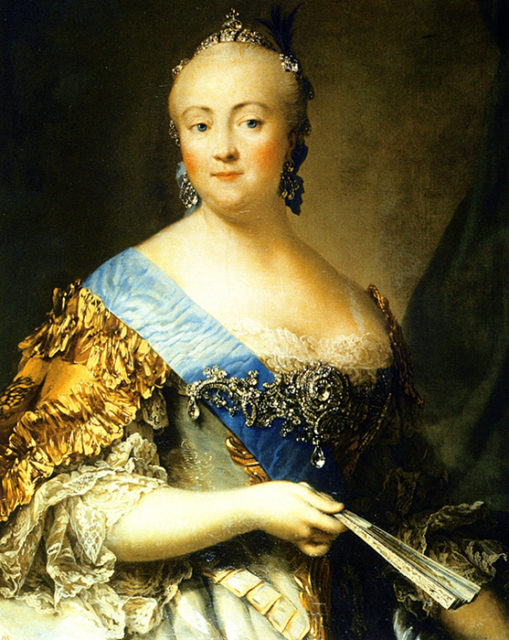With the shattered beer mugs and copper coins that had slipped through the floorboards, you might have assumed that customers had left the place only a few hours ago.
But this tavern, located in the heart of Russia’s capital Moscow, stopped serving almost 300 years ago. The building remained untouched until Russian construction workers discovered shattered plates and tankards dating as far back as the 16th century.

This bar was also a restaurant. There were broken plates and tankards as well in the wood-lined basement. Specialists discovered copper coins that were used by customers and had been dropped years ago, after falling out of pockets and into the floorboards. The bar was found 10 feet underneath the surface during digging in the neighborhood of the Kremlin.
The tavern was found by assembly workers who were preparing to dig a canal under the city. According to archaeologists, it was a flourishing establishment for more than 50 years.
It lay dormant under the modern Teatralnaya Square, right by Red Square and the Kremlin. Moscow’s head archaeologist, Dr. Leonid Kondrashov, believes the tavern went out of business because it was too close to the city’s Neglinnaya River, which eroded the land near its banks.
Its prime location, so close to the Kremlin, indicates it would have been a favorite for palace aides and courtiers, the archaeologists suggested.
The oldest copper coin dated to the reign of Elizabeth of Russia, the nation’s Empress from 1741 until to her death in 1762. She took the throne, founded her nation’s first university, and developed strong ties with Europe during her 20 years of power.
Further coins that were found came from the reign of Catherine the Great’s son, Paul I, who ruled from 1796 to 1801. All the artifacts that were found have been taken to the Moscow Museum and will become part of the exhibition called My Street.

In 1741, as Anna (Elizabeth’s cousin) lay dying, many Russians hoped Elizabeth would take the throne. Instead, the Russian Supreme Council nominated the 2-month-old Ivan IV, with his mother, Anna Leopoldovna, as the heir.
By that point, the Russian government was becoming weak and unethical, and its subjects were disheartened by the prevalence of Germans in significant offices.
Elizabeth gave orders to her followers within the military, and in November 1741 they carried out a coup to overthrow the baby emperor and his mother. Elizabeth was crowned Empress on April 25, 1742.
Elizabeth was well-known for spending money wastefully on extravagant court formalities and gowns, but she proved to have strong character. She obliterated the Supreme Council and reconstructed the Senate, substituting with Russians the many foreigners who had retained top government stations.
This action solidified the confidence of the people, reduced foreign influence, and gave the advisers she trusted the power to run the country.

And in 1743, with her leadership and support, her best advisers achieved a historical diplomatic victory by peacefully ending a land dispute between Russia and Sweden.
Russia’s reputation as a major European power grew in following years, as Elizabeth improved Russia’s relationship with Great Britain and successfully carried out an offensive against the Prussian King Frederick ll during the Seven Years’ War.
In addition to her political accomplishments, Elizabeth promoted major social and cultural reforms. She had strong religious principles, and she abolished the death penalty in Russia.
She also generously funded a university in Moscow, contributed great amounts of money to the Russian Orthodox Church and established a foundation for the arts.
Elizabeth of Russia’s aides and courtiers would have been able to enjoy this tavern during her rein. There is a possibility it is their coins that slipped through the cracks of the tavern, and this money is now a visible part of history.
